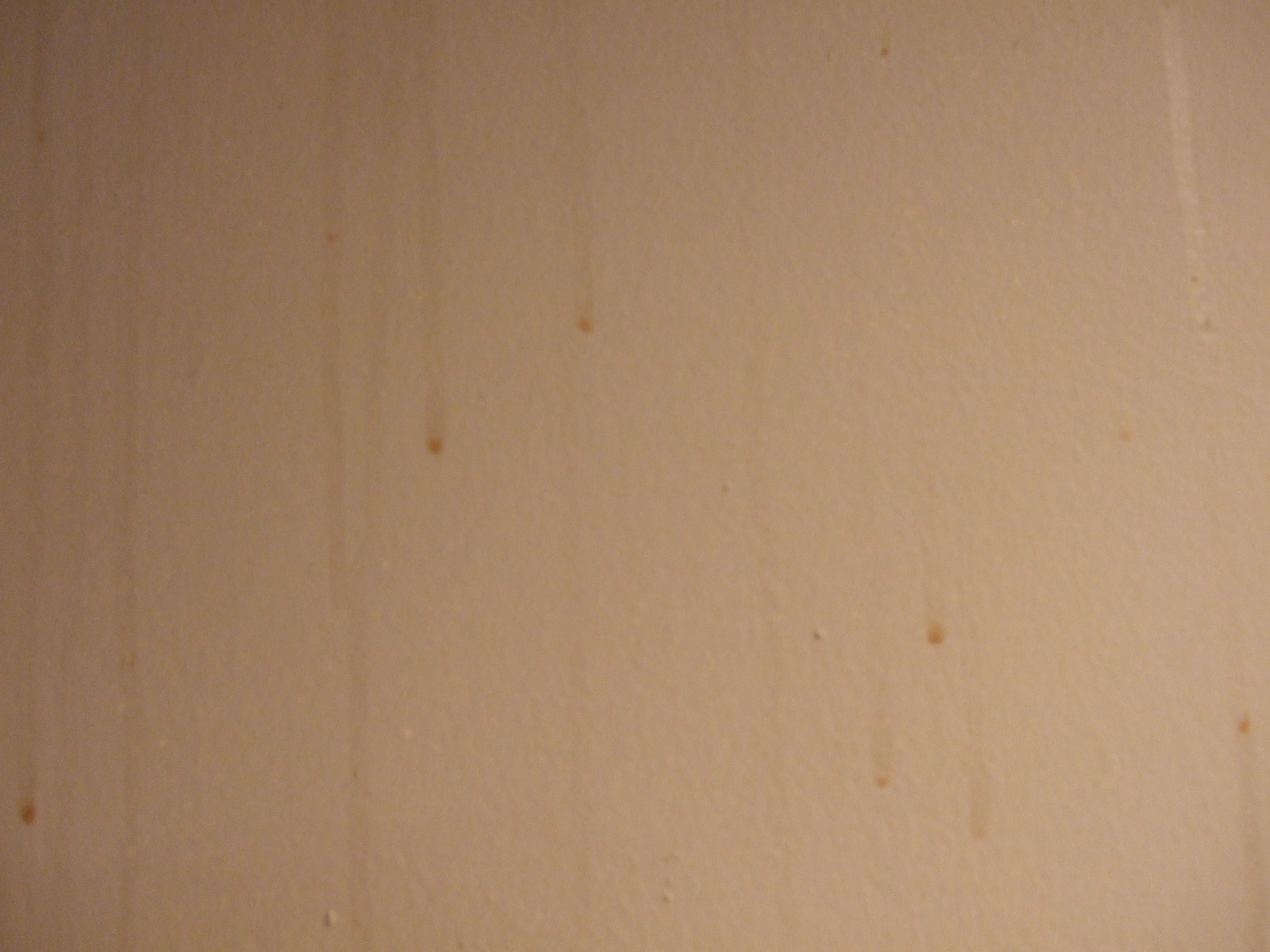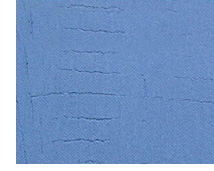While the interior of your home isn't exposed to the elements like the outside, there are still several things that can affect the beauty of your walls, ceilings, and trim.
Just as with painting the outside of your home, incorrect application and less-than-ideal painting conditions can cause coatings to fail.
In this article we’re going to highlight a few of the more commonly seen interior house painting problems and discuss the best ways to fix them.
The Problem: Burnishing
The Causes
- Washing Your Walls – If you spot clean your walls, especially with abrasive cleaners, paints that do not wash well will tend to show an uneven sheen or discoloration in the areas that are scrubbed.
- Flat Paint – Flat paints are great for hiding drywall imperfections, but they are notorious for this problem, and using them in higher traffic areas will increase the likelihood of burnishing spots.
- Heavy Objects – Shiny spots are often seen in areas where furniture has brushed against the walls; like behind couches, entertainment centers, etc.
The Solutions
- Put On A Fresh Coat – The only way to remedy the problem is to apply a new coat of paint to cover up the blemishes.
- Use The Right Paint – If you like to wash your walls choose a paint that's scrubbable. In higher traffic areas, like hallways, consider using a semi-gloss finish as it will tend to tolerate more abuse without showing the signs.
- Be Gentle – When cleaning your walls use a soft cloth or a sponge along with a non-abrasive cleaner. It's always a good idea to test the cleaner in an inconspicuous area to make sure it's safe.
The Problem: Surfactant Leaching
The Causes
- Moisture – Applying paint in a high humidity area, such as a bathroom, without allowing the coating sufficient time to dry before operating the shower can cause the water-soluable ingredients (known as surfactants) to leach out of the paint film.
- Lack Of Ventilation – Latex paints typically take about 30-days to cure and the environment needs to remain relatively stable during that time. Bathrooms and kitchens that are not well-ventilated can cause a build up of moisture in the air causing the surfactants to leach from the coating during the curing process.
The Solutions
- Clean It Up – After the paint has had time to cure, wash down the walls gently with soap and water to remove the surfactants then rinse the surface. Walls may need to be repainted to cover staining.
- Let It Dry – Let the paint film dry for a couple of days before introducing a large amount of humidity to the room. Use a secondary shower or take a bath instead of a shower while the paint is still drying.
- Ventilate – All bathrooms should have a properly vented exhaust fan, and kitchens a range hood with an exhaust. Running these fans at times when the moisture level in the room is being elevated can help to keep the humidity at a reasonable level. If you don't have an exhaust fan then open a window to allow the excess moisture to escape. This will also reduce the risk of mold and mildew growth.
The Problem: Cracking
The Causes
- Paint Too Thick – Applying paint excessively over a porous surface or allowing it to build-up in corners can cause the film to crack.
- Surface Prep – Applying the paint without first properly preparing the surface or painting over bare wood without a primer are common reasons for this condition.
- Oil Based Paint – Oil based paints that are used in areas that expand and contract a lot will often times crack. Oils, by nature, are not flexible coatings so they can't move with the surface underneath.
The Solutions
- Scrape, Sand, Prime – Remove the affected coating by hand scraping and feathering the edges with sandpaper. Apply a spot coat of primer where necessary. See our Priming Blog to learn when primer is necessary.
- Choose The Right Coating – Repaint with an appropriate product for the job you're doing. In most cases latex coatings are a safer choice as they will expand and contract with the surface below. Be sure to apply them at the manufacturer's recommended spread rate, being careful not to apply the paint too heavily.
To learn about more interior house painting problems visit the Paint Quality Institute's website for additional information.
To schedule a free consultation of your painting project by one of our paint experts click on the link below.

Photos courtesy of the Paint Quality Institute